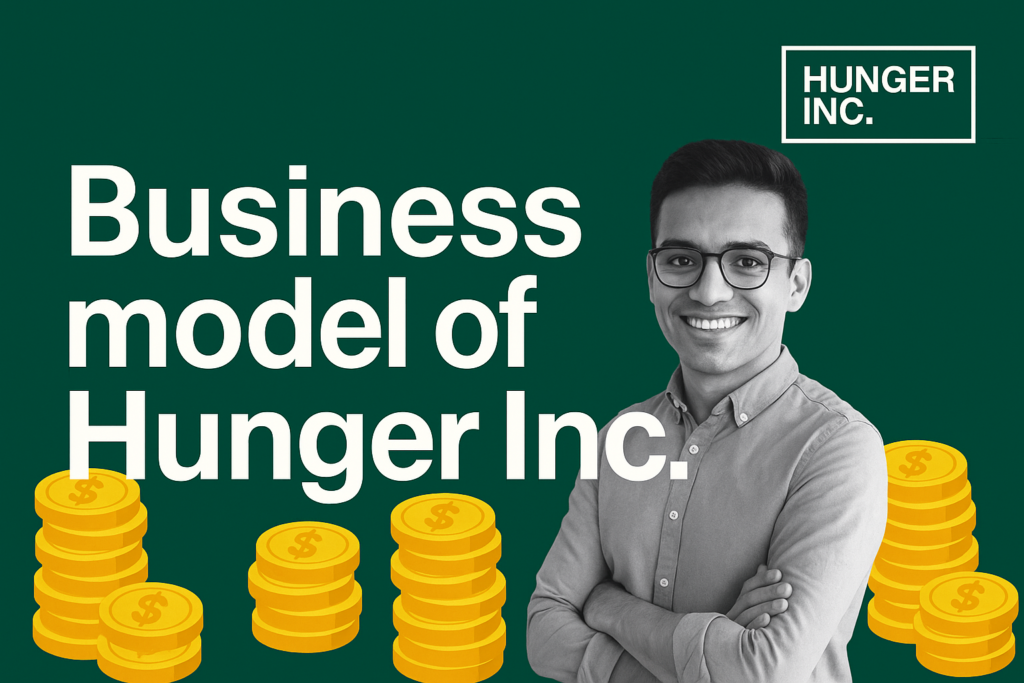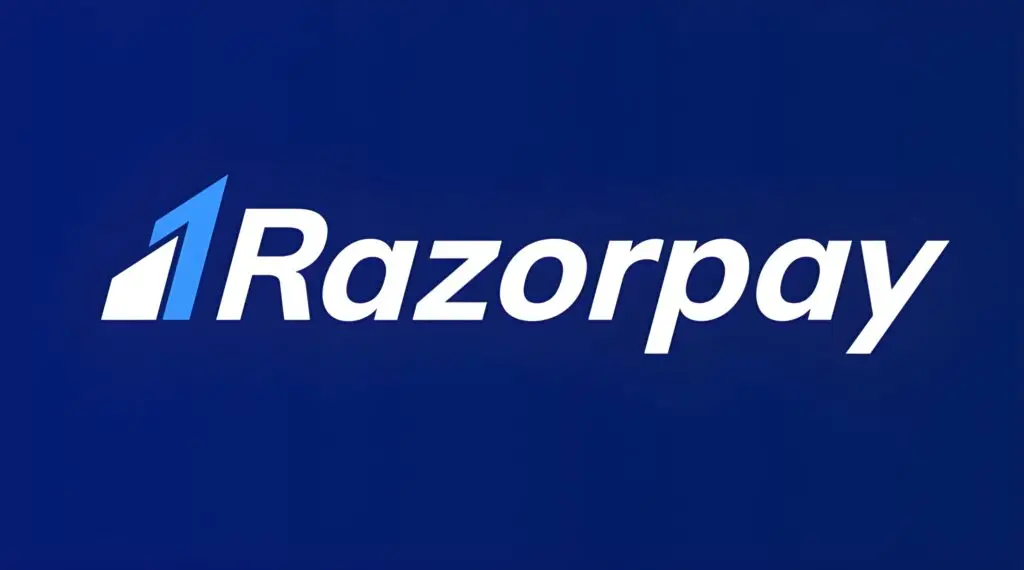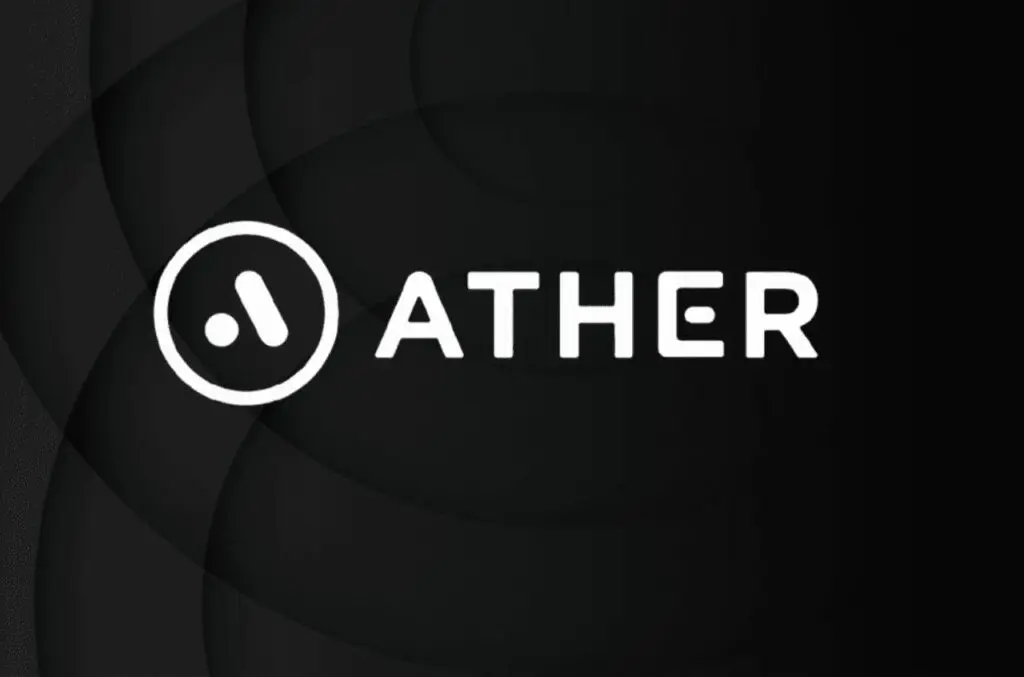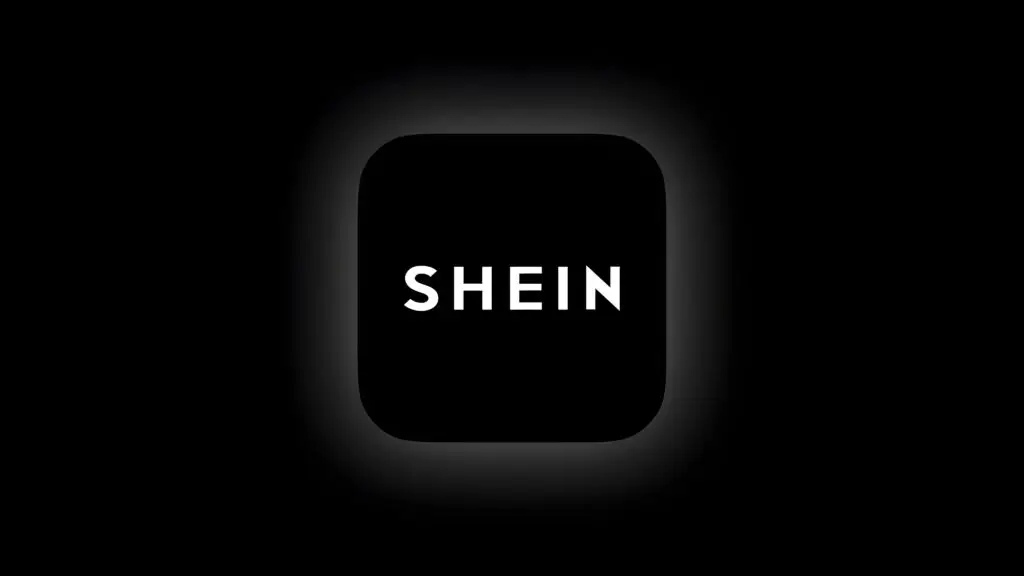| Category | Analysis |
|---|---|
| Hunger Inc Genesis | Founded in 2015 by Yash Bhanage, Sameer Seth, and Jay Yousuf, Hunger Inc emerged from an audacious vision to reimagine India’s dining culture through authenticity-driven, experiential restaurant concepts that celebrate regional culinary heritage with intellectual rigor and operational excellence. |
| Present Condition | Operating powerhouse portfolio including Bombay Canteen, O Pedro, and Bombay Sweet Shop across Mumbai. Annual revenue: ₹115 crore. Fresh ₹215 crore funding from Lighthouse Funds and DSG Consumer Partners positions company for aggressive national expansion. Commanding premium market segment with exceptional brand equity and customer loyalty metrics. |
| Future Trajectory | Immediate expansion into Delhi NCR market with multiple outlet launches. Long-term strategy: pan-India presence across 8-10 major metropolitan markets by 2027. Portfolio expansion with new brand concepts targeting diverse occasions and price points. Digital integration and cloud kitchen models for revenue diversification. |
| Industry Outlook | India’s premium dining sector poised for explosive 15-18% CAGR growth through 2028. Rising disposable incomes, millennial experiential spending, and cultural pride in regional cuisines create unprecedented tailwinds. Market consolidation favoring established multi-brand operators with proven operational capabilities. |
| Entrepreneurial Opportunities | Regional cuisine specialization, hyperlocal ingredient sourcing partnerships, experiential dining technology platforms, food tourism integration, sustainable farm-to-table models, culinary education ventures, and specialized beverage programs present compelling entry points for capital-efficient entrepreneurs. |
| Market Share of Hunger Inc | Commands approximately 8-12% of Mumbai’s premium dining segment (₹500+ average check). Dominant brand recall in experiential Indian cuisine category. Positioned as clear market leader within authentic regional dining vertical with formidable competitive moats. |
| Competitive MOAT | Unassailable advantages: Founder-led culinary expertise and authentic storytelling capabilities; proprietary regional recipe archives and chef talent network; established real estate relationships in prime locations; powerful brand equity with organic customer advocacy; operational playbook for scalable excellence; strong investor backing enabling aggressive growth. |
| Revenue Model of Hunger Inc | Primary: Dine-in restaurant operations (85% revenue). Secondary: Corporate catering and private events (10%). Emerging: Packaged food products, culinary experiences, and potential cloud kitchen operations (5%). High-margin beverage programs and curated retail products enhance unit economics significantly. |

My Name is Adarsh and I am Empowering startups with high-quality content at Startups Union and bridging the gap between brand stories.




